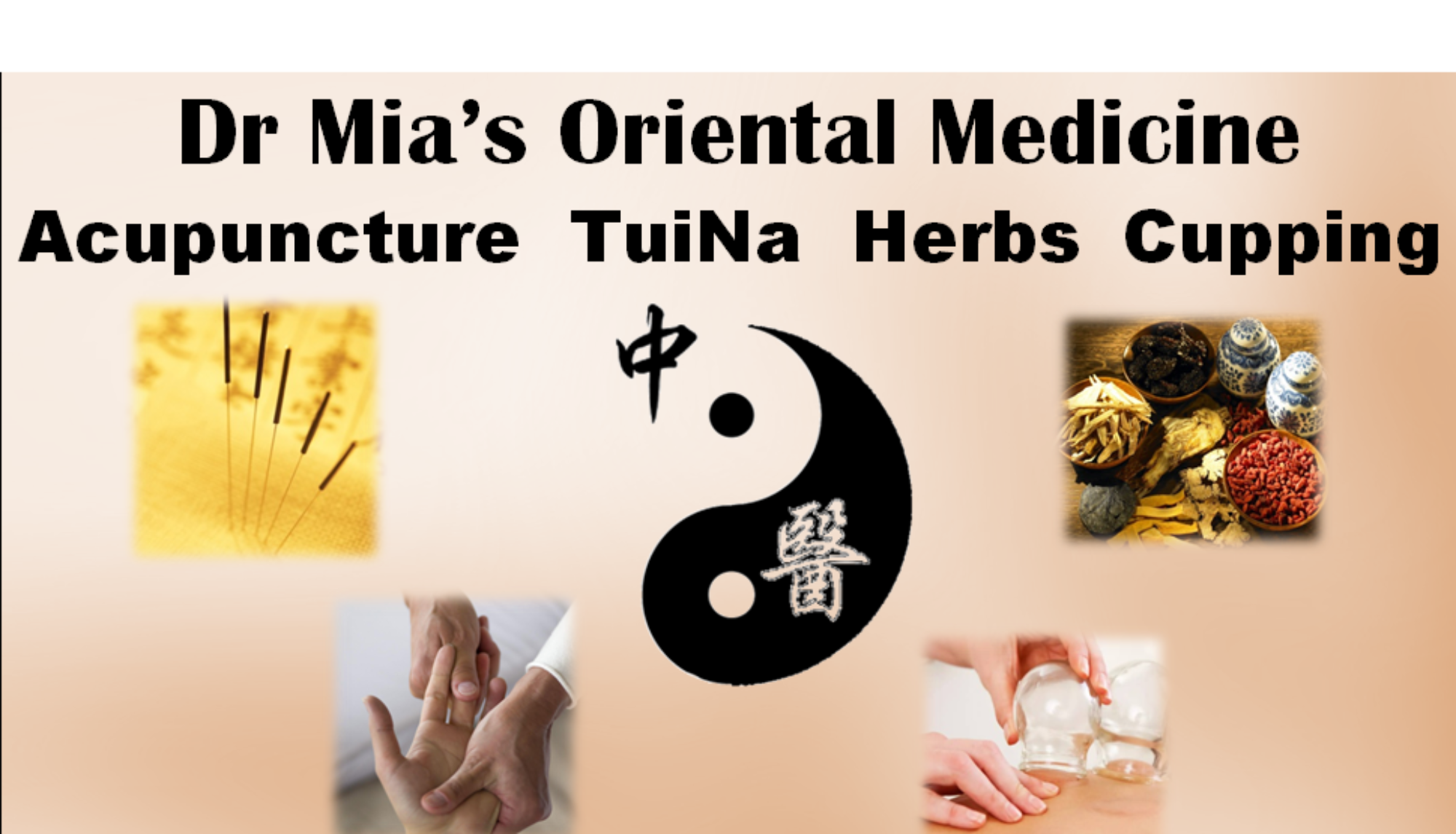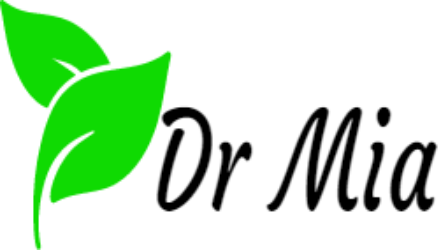Historical Development of Academic Schools in Traditional Chinese Medicine and Their Impact on Medical Theory Evolution
The formation and differentiation of academic schools in Traditional Chinese Medicine (TCM) represent a dynamic process of theoretical innovation and clinical practice refinement that has spanned millennia. This intellectual tradition has been characterized by systematic debates and scholarly disputes that have fundamentally shaped the development of Chinese medical theory and practice.
1. Major Academic Schools and Their Theoretical Contributions
The Shanghan School, originating from Zhang Zhongjing’s “Treatise on Cold Damage Diseases” (伤寒论), established the foundational framework for exogenous disease diagnosis and treatment. This school’s systematic differentiation of disease patterns according to the six meridians created a paradigm that continues to influence clinical practice.
The Hejian School, developed by Liu Wansu during the Jin-Yuan period, emphasized the role of fire and heat in pathology, proposing innovative cooling therapies. This theoretical orientation represented a significant departure from previous warming approaches and stimulated considerable academic debate.
The Yishui School, founded by Zhang Yuansu, introduced the concept of visceral pathology differentiation, marking a transition from channel-based to organ-system based diagnosis. This school’s pharmacological theories regarding medicinal elevation and descent significantly influenced herbal formulation principles.
The Wenbu School and Wenbing School emerged during the Qing Dynasty to address epidemic diseases, developing sophisticated diagnostic systems for febrile disorders. Their theoretical innovations regarding heat pathogen transmission through defensive, qi, nutritive and blood levels enriched the understanding of infectious disease progression.
2. Academic Disputes as Drivers of Theoretical Progress
The historical controversies between these schools served as catalysts for medical theory advancement. The prolonged debate between the Shanghan and Wenbing schools regarding disease classification and treatment protocols, for instance, led to more nuanced understanding of febrile disorders. Similarly, the divergent approaches of the Hejian and Yishui schools regarding medicinal application stimulated the development of comprehensive herbal pharmacology.
3. Scholarly Contributions and Textual Traditions
The academic achievements of these schools are preserved in several seminal works. Zhang Zhongjing’s “Shanghan Zabing Lun” established diagnostic parameters that remain clinically relevant. Li Dongyuan’s “Piwei Lun” elaborated the Hejian School’s emphasis on spleen-stomach physiology. Wu Youke’s “Wenyi Lun” presented groundbreaking theories of epidemic disease etiology that predated germ theory by centuries.
4. Contemporary Relevance and Pedagogical Application
Modern TCM education continues to engage with these historical debates through critical analysis of classical texts. The systematic comparison of school-specific treatment approaches for similar conditions provides valuable clinical insights. Case studies from different historical periods demonstrate the evolution of diagnostic criteria and therapeutic strategies.
5. Methodological Considerations for Historical Study
Scholarly examination of these traditions requires:
– Contextual analysis of theoretical developments within their historical circumstances
– Comparative study of parallel medical systems in different regions
– Critical evaluation of clinical efficacy through modern research methodologies
– Systematic organization of school-specific treatment protocols
Major Academic Schools of Traditional Chinese Medicine: Theoretical Foundations and Clinical Applications
Traditional Chinese Medicine has developed numerous influential academic schools throughout its history, each contributing distinct theoretical frameworks and treatment methodologies. This analysis examines the principal schools, their core theories, and corresponding clinical applications.
1. Shanghan School (伤寒学派
*Theoretical Basis*: Founded on Zhang Zhongjing’s “Treatise on Cold Damage Disorders” (《伤寒论》), this school established the Six-Channel Pattern Identification system (六经辨证), categorizing disease progression through Taiyang, Yangming, Shaoyang, Taiyin, Shaoyin, and Jueyin stages.
Clinical Applications:
– Taiyang stage: Ephedra Decoction (麻黄汤) for wind-cold attacks
– Yangming stage: White Tiger Decoction (白虎汤) for high fever
– Shaoyang stage: Minor Bupleurum Decoction (小柴胡汤) for alternating chills/fever
2. Jin-Yuan Four Great Schools
2.1 Li Dongyuan’s Spleen-Stomach School (脾胃派)
Theoretical Basis: Proposed the “Theory of Spleen-Stomach as Acquired Foundation” (脾胃为后天之本说), emphasizing internal damage from dietary irregularities and emotional stress.
Clinical Applications:
– Tonifying Middle Qi Decoction (补中益气汤) for qi sinking syndromes
– Shen Ling Baizhu Powder (参苓白术散) for spleen deficiency diarrhea
2.2 Zhu Danxi’s Nourishing Yin School (养阴派)
*Theoretical Basis*: Developed the “Ministerial Fire Theory” (相火论), advocating yin nourishment for yang hyperactivity patterns.
Clinical Applications:
– Anemarrhena, Phellodendron, and Rehmannia Pill (知柏地黄丸) for yin deficiency heat
– Great Tonify Yin Pill (大补阴丸) for consumptive disorders
3. Wenbing School (温病学派)
*Theoretical Basis*: Established the Four-Level Pattern Identification (卫气营血辨证) for epidemic febrile diseases, differentiating defensive, qi, nutritive, and blood levels.
Clinical Applications:
– Yin Qiao Powder (银翘散) for defensive-level heat
– Qingying Decoction (清营汤) for nutritive-level heat
– Antelope Horn and Uncaria Decoction (羚角钩藤汤) for liver wind stirring
4. Fujian Medical School (扶阳学派)
Theoretical Basis: Emphasized yang qi as the root of life, advocating warming therapies even in heat patterns.
Clinical Applications:
– Aconite Center-Regulating Decoction (附子理中汤) for yang deficiency
– True Warrior Decoction (真武汤) for kidney yang deficiency edema
5. Tongue Diagnosis School (舌诊学派)
*Theoretical Basis*: Developed comprehensive tongue diagnosis parameters correlating tongue features with internal organ pathologies.
Clinical Applications:
– Purple tongue: Blood stasis patterns treated with Blood Mansion Stasis-Expelling Decoction (血府逐瘀汤)
– Thick yellow coating: Damp-heat patterns treated with Three Yellows Decoction (三黄泻心汤)
6. Ming-Qing Trauma School (伤科派)
*Theoretical Basis*: Specialized in orthopedic injuries and external medicine, integrating manual techniques with herbal therapy.
Clinical Applications:
– Seven Li Powder (七厘散) for traumatic bleeding
– Bone-Knitting Powder (接骨散) for fracture healing
Comparative Analysis of Treatment Approaches
The various schools demonstrate distinct therapeutic orientations:
1. Pathogen Elimination vs. Constitutional Regulation
– Shanghan/Wenbing schools focus on pathogen expulsion
– Spleen-Stomach/Yin-Nourishing schools emphasize constitutional adjustment
2. Therapeutic Intensity
– Fujian School employs drastic warming agents
– Zhu Danxi’s approach favors gentle yin nourishment
3. Diagnostic Focus
– Shanghan: Channel-based patterns
– Wenbing: Disease depth levels
– Tongue School: Morphological indicators
Modern Clinical Integration
Contemporary TCM practice synthesizes these historical approaches:
1. Combined application of Six-Channel and Four-Level pattern identification for complex febrile diseases
2. Integrated spleen-tonifying and yin-nourishing protocols for chronic disorders
3. Modified classical formulas based on modern diagnostic findings
Additional Influential Schools of Traditional Chinese Medicine: Theoretical Systems and Clinical Practice
Beyond the major schools previously discussed, Chinese medical history has cultivated numerous other significant academic traditions, each contributing unique theoretical perspectives and specialized treatment approaches. This expanded analysis examines eight additional schools that have shaped TCM development.
1. Cold-Cooling School (寒凉派)
Founder: Liu Wansu (1120-1200 AD)
Core Theory: Proposed that “six qi all transform into fire” (六气皆从火化), emphasizing heat-clearing therapy
Clinical Specialization:
– Treatment of epidemic febrile diseases
– Inflammatory conditions
Representative Formula:
– Cooling膈 Powder (凉膈散) for upper burner heat accumulation
Modern Application: Autoimmune disorders, acute infections
2. Attack and Purge School (攻邪派)
Founder: Zhang Congzheng (1156-1228 AD)
Core Theory: “Pathogens should be eliminated, not supplemented” (邪去则正安)
Clinical Specialization:
– Drastic purgation methods
– Phlegm-expelling techniques
Representative Approach:
– Controlled use of Gansui (甘遂) and Dahuang (大黄) for fluid retention
Modern Adaptation: Severe edema management
3. Tonify the Earth School (补土派)
Founder: Li Gao (1180-1251 AD)
Core Theory: “The spleen and stomach regulate ascending and descending movements” (脾胃为升降之枢)
Clinical Specialization:
– Digestive disorders
– Metabolic diseases
Signature Formula:
– Shen Ling Baizhu Powder (参苓白术散) for chronic diarrhea
Contemporary Use: Irritable bowel syndrome management
4. Ancient Formulas School (经方派)
Key Figure: Xu Dachun (1693-1771 AD)
Core Theory: Strict adherence to classical prescription composition
Clinical Specialization:
– Authentic application of Han Dynasty formulas
– Precise dosage determination
Characteristic Practice:
– Original composition Xiao Chaihu Tang (小柴胡汤) applications
Modern Relevance: Evidence-based formula research
5. Suzhou Medical School (吴门医派)
Geographical Center: Jiangsu province
Distinct Features:
– Integration of warm disease theory with local practice
– Gentle medication approaches
Clinical Contribution:
– Seasonal disease prevention strategies
Notable Innovation:
– Modified Yin Qiao San (加减银翘散) for regional climate adaptations
6. New Acupuncture School (新针灸学派)
Modern Developers: Cheng Dan’an (1899-1957 AD)
Theoretical Advancements:
– Scientific validation of meridian theory
– Integration with neuroanatomy
Clinical Innovations:
– Auricular acupuncture protocols
– Electro-acupuncture techniques
Current Applications: Pain management, neurological rehabilitation
7. Convergence School (汇通派)
Historical Period: Late Qing to Early Republic
Core Concept: Integration of Chinese and Western medicine
Pioneering Work:
– Correlation of TCM patterns with biomedical diagnoses
– Zhang Xichun’s “Records of Heart-Felt Experiences in Medicine” (医学衷中参西录)
Modern Legacy: Integrative medicine models
8. Constitutional Medicine School (体质学派)
Contemporary Development: Wang Qi (1943-present)
Theoretical Framework:
– Nine constitutional types classification
– Preventive medicine orientation
Clinical Application:
– Personalized health maintenance
– Disease predisposition assessment
Implementation: Public health prevention programs
Comparative Analysis of Therapeutic Orientations
1. Therapeutic Intensity Spectrum
– Aggressive: Attack and Purge School
– Moderate: Suzhou Medical School
– Conservative: Constitutional Medicine School
2. Disease Stage Specialization
– Acute phase: Cold-Cooling School
– Chronic phase: Tonify the Earth School
– Preventive phase: Constitutional Medicine School
3. Philosophical Underpinnings
– Classicism: Ancient Formulas School
– Innovation: New Acupuncture School
– Synthesis: Convergence School
Clinical Integration Paradigms
Modern TCM practice has evolved three primary integration models:
1. Sequential Application
– Acute stage: Cold-Cooling methods
– Recovery phase: Tonify the Earth approaches
– Convalescence: Constitutional regulation
2. Combined Modality
– Ancient formulas with new acupuncture techniques
– Constitutional assessment guiding herbal prescription
3. Stratified Therapy
– Biomedical diagnosis
– TCM pattern differentiation
– School-specific treatment selection
Research Directions and Contemporary Challenges
Current investigations focus on:
1. Mechanistic studies of school-specific interventions
2. Standardization of school-based diagnostic criteria
3. Outcome studies comparing different school approaches
4. Artificial intelligence applications in school-specific pattern recognition
The continued development of these academic traditions demonstrates the dynamic nature of TCM theory and practice. Future advancements will likely involve deeper integration of modern scientific methodologies while preserving the essential characteristics of each school’s theoretical system, creating a new synthesis of traditional wisdom and contemporary medical science.

